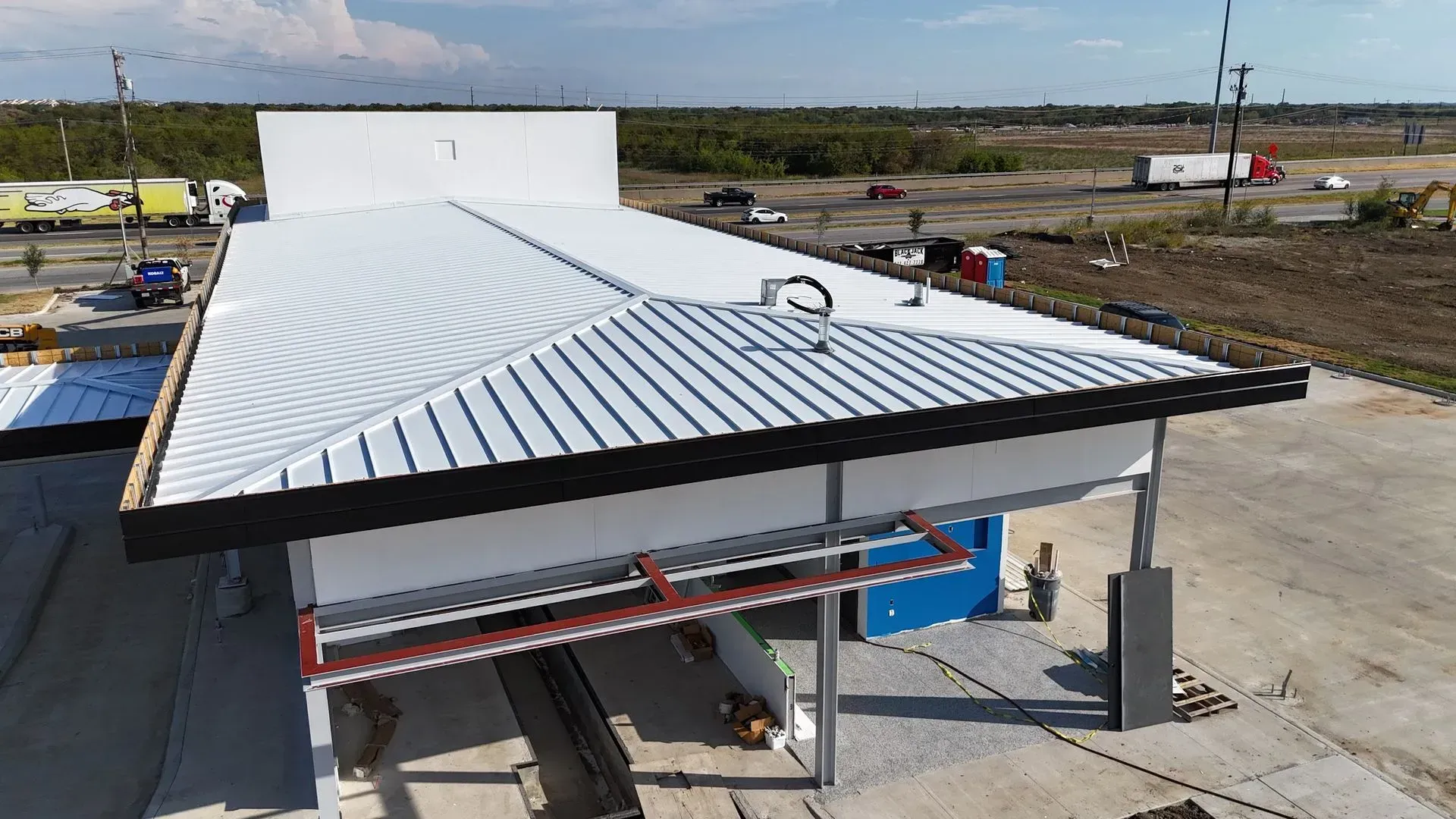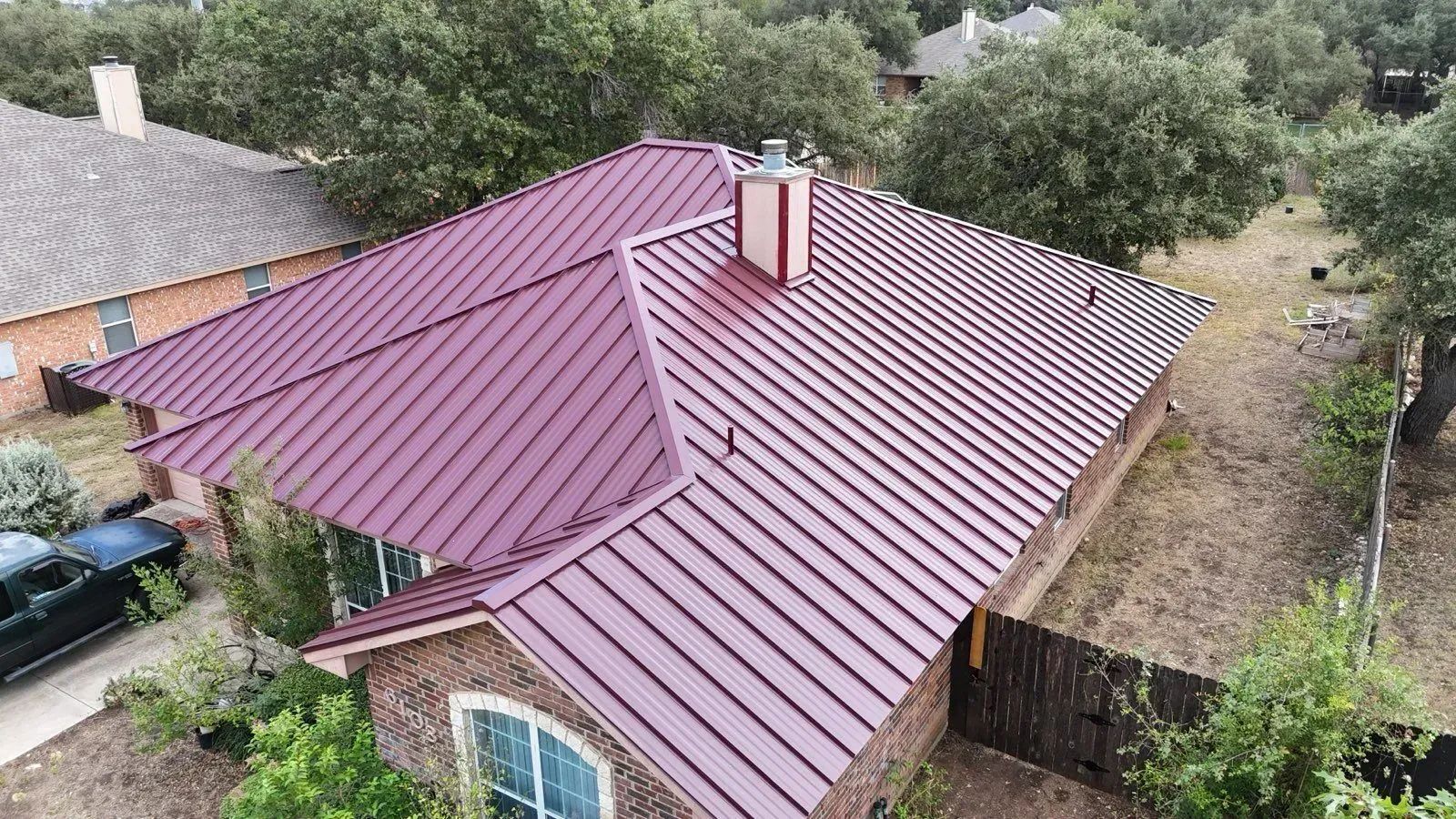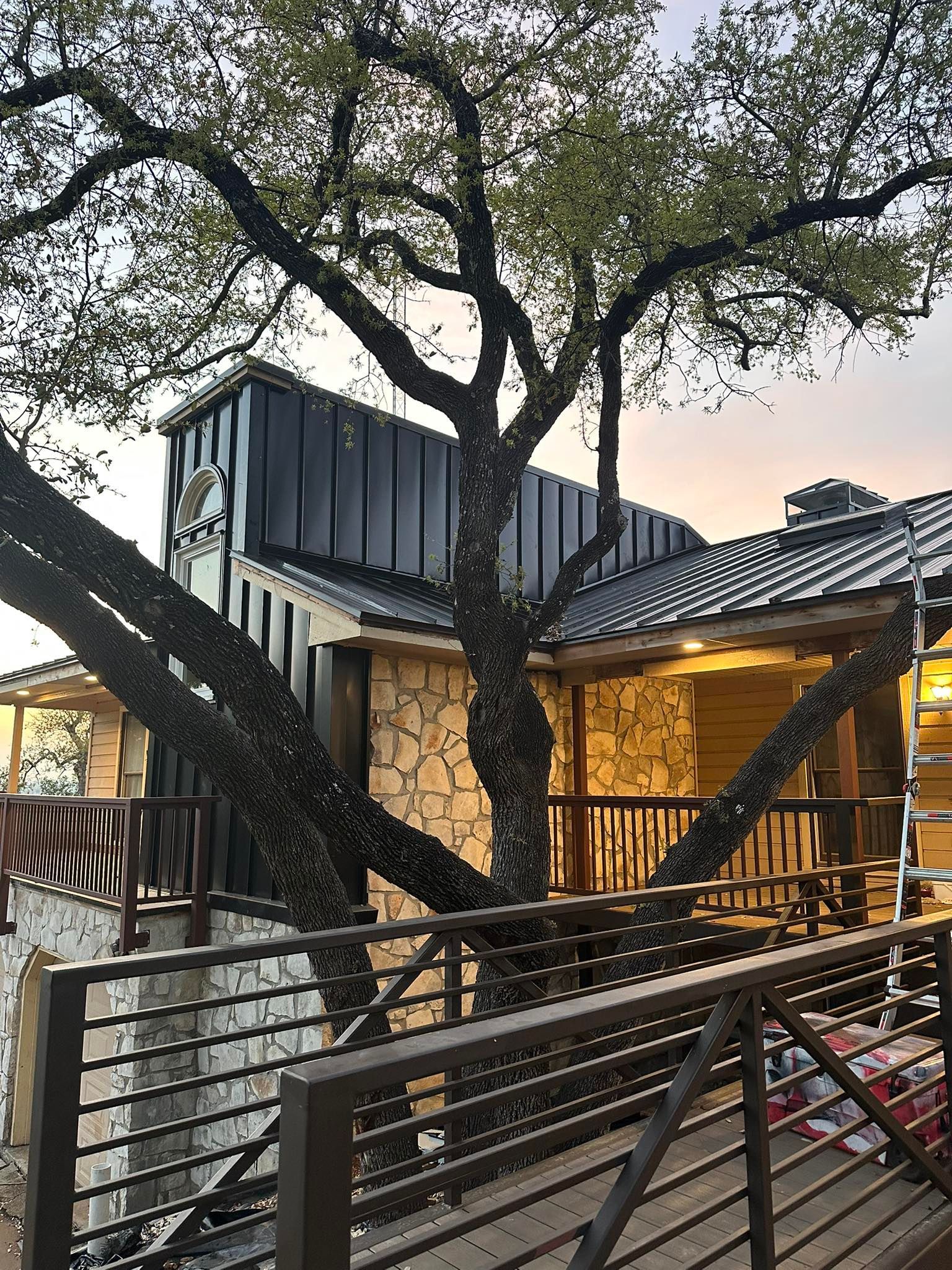Steel Siding vs. Vinyl Siding: Which Is the Better Choice for Your Home?
June 20, 2025

Choosing the right siding for your home is crucial for both aesthetics and protection. Steel and vinyl siding are two of the most popular options, each offering unique benefits in durability, maintenance, cost, and energy efficiency. Understanding the differences can help you make an informed decision based on your needs and budget.
Durability and Weather Resistance
Steel siding is durable and withstands extreme weather like hail, strong winds, and heavy rain. Unlike vinyl, it doesn't warp, crack, or become brittle in changing temperatures. Fire-resistant, steel siding is safer for homeowners worried about fire hazards and can last over 40 years with proper care.
Vinyl siding also offers durability, but is more susceptible to temperature extremes. It may crack in freezing weather and warp in high heat. Modern vinyl siding, however, uses improved materials resistant to weather damage, providing 20 to 30 years of reliable performance.
Maintenance and Upkeep
One of vinyl siding’s biggest advantages is its low maintenance. It does not require repainting and can be easily cleaned with a hose and mild detergent. Since vinyl does not rust, it is an excellent choice for homeowners looking for a hassle-free exterior.
Steel siding, while highly durable, requires periodic maintenance to prevent rust. If its protective coating wears off, it may need repainting to maintain its appearance. However, steel siding is less likely to suffer from cracks, dents, or other damage compared to vinyl, making it a long-term investment with fewer repairs.
Energy Efficiency and Insulation
Vinyl siding has a slight edge when it comes to energy efficiency. Many vinyl siding options come with built-in insulation, which helps regulate indoor temperatures and reduces heating and cooling costs. This makes vinyl a popular choice for energy-conscious homeowners.
Steel siding, while not naturally insulating, can be combined with insulation materials to improve energy efficiency. However, because metal is a conductor, uninsulated steel siding may contribute to heat loss in winter and heat gain in summer. To maximize efficiency, additional insulation should be installed with steel siding.
Cost Considerations
If budget is a key factor, vinyl siding is the more affordable option. It has a lower upfront cost and is easier to install, which reduces labor expenses. These factors make vinyl siding a cost-effective choice for many homeowners.
Steel siding, on the other hand, has a higher initial cost due to its durability and installation complexity. However, because it lasts longer and requires fewer replacements, steel siding can be a wise investment in the long run. While the upfront expense is higher, homeowners may save money over time by avoiding frequent repairs or replacements.
Appearance and Style Options
Both steel and vinyl siding come in a variety of colors and textures to match different architectural styles. Vinyl siding offers more customization options, including designs that mimic wood grain and other natural materials.
Steel siding, however, provides a sleek and modern appearance that works well with contemporary homes. It resists fading and retains its color longer than vinyl, making it an excellent choice for homeowners who want a bold, polished look. If style versatility is important, vinyl may be the better option, but if you prefer a strong, industrial aesthetic, steel siding is a great choice.
Which Siding Option Is Right for You?
Your choice between steel and vinyl siding depends on your priorities. Vinyl is a budget-friendly, low-maintenance option with insulation, while steel offers durability, weather resistance, and a modern look.
At 14B Construction Inc., we've assisted Weatherford, Texas, homeowners for 10 years. Our experts can help you decide between steel and vinyl siding. Contact us for a free estimate!





